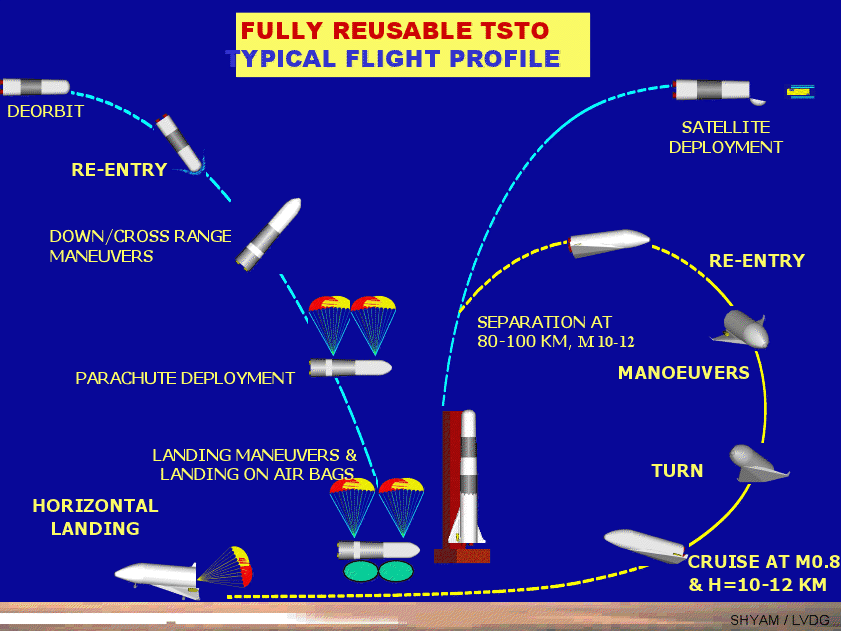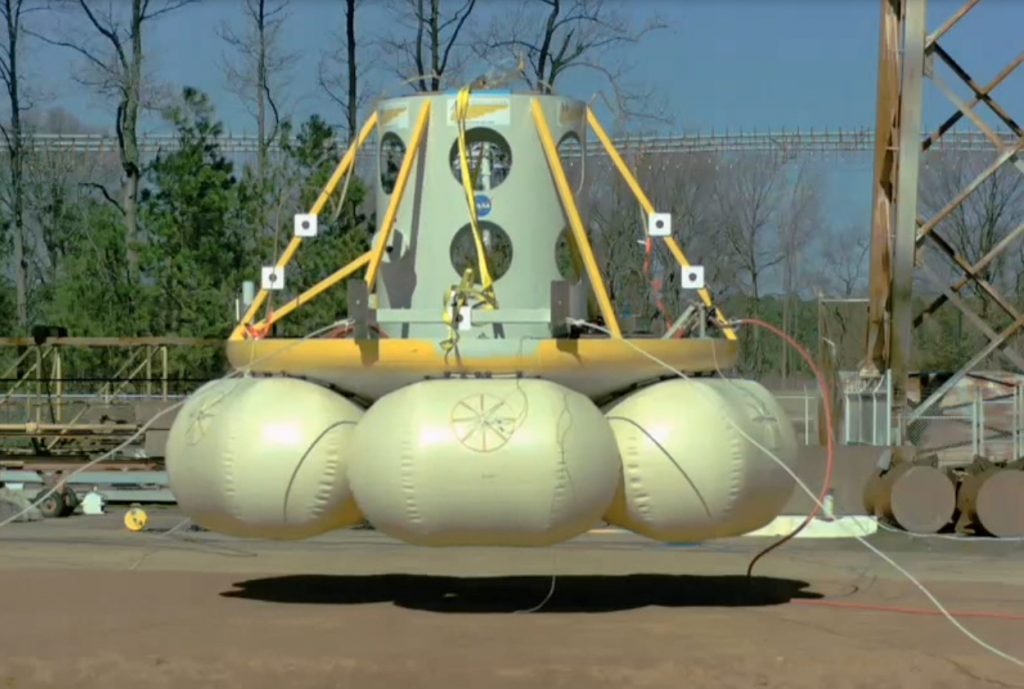Haldiram
Senior Member
- Joined
- Jan 2, 2018
- Messages
- 5,708
- Likes
- 28,648
The same way they recover heavy capsules, by making them fall in the water and then using a ship to bring them onboard.Firstly, rockets are too heavy to be decelerated with parachutes!
Secondly, parachutes do let the cargo 'impact' on the ground - undesirable for reuse of looooong rockets that might just disintegrate.
Thirdly, if the parachute just drops it in the ocean, how will you recover it from the ocean bed?



NASA did it with ARES where they recovered a reusable rocket using parachutes.


https://www.technologyreview.com/s/416513/analyzing-the-flight-of-ares-i-x/
This concept design is from the French space agency : http://cosmiste.blogspot.com/2014/01/

From 1979 to 1981, CNES, the french space agency, and ESA made a deep study to use a set of parachutes in order to slow down the first stage's fall into the Atlantic Ocean. Cutting cost on launch operation was seen as critical for Europe at that time. The Space Shuttle was about to make its first flight and this new spacecraft was to slash launch cost. The fear of ESA was that all commercial satellite operators would leave the Ariane order book in favor of the space shuttle one, leaving few governmental flight for the European rocket with pricey launches as a consequences.
Last edited:





